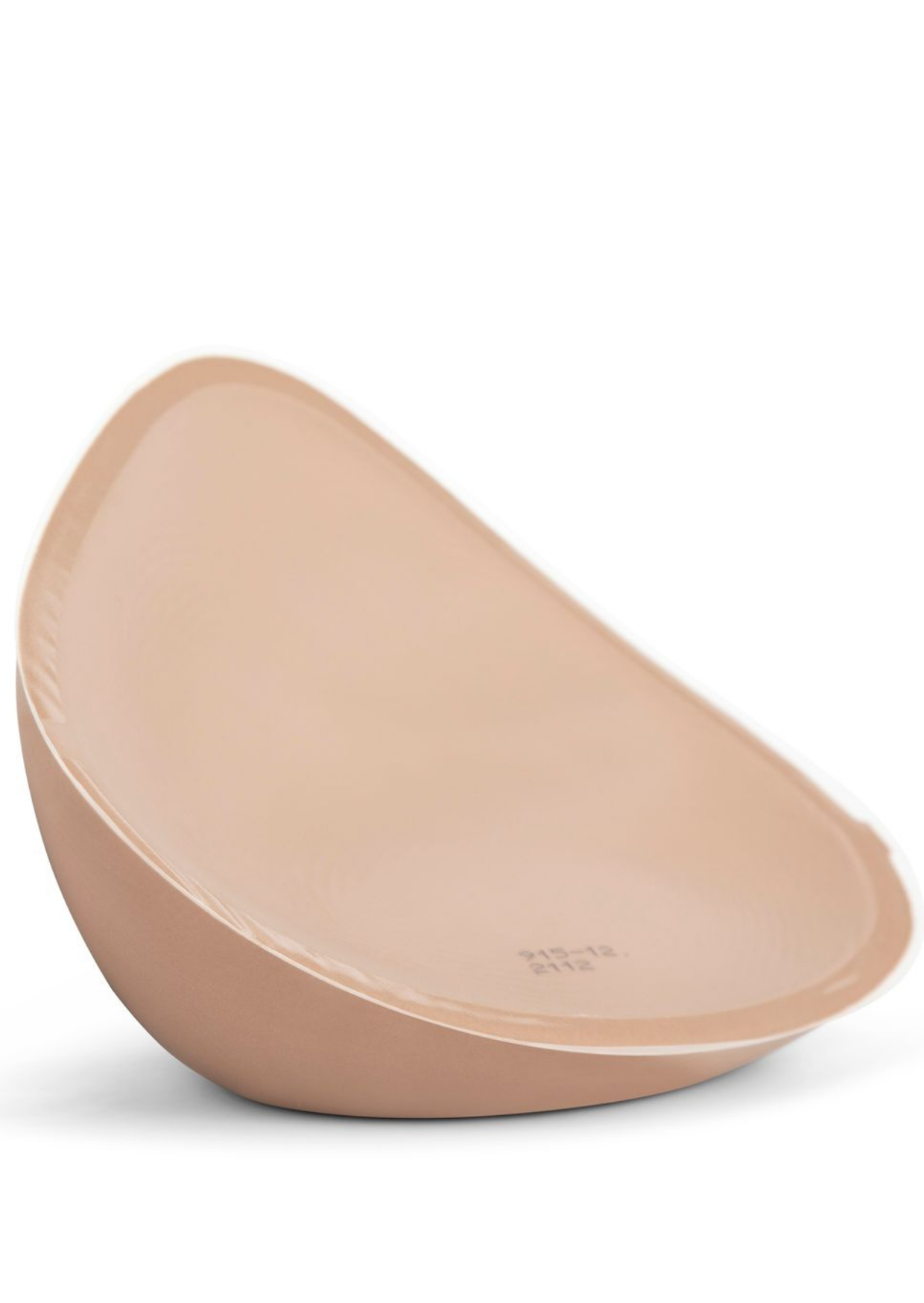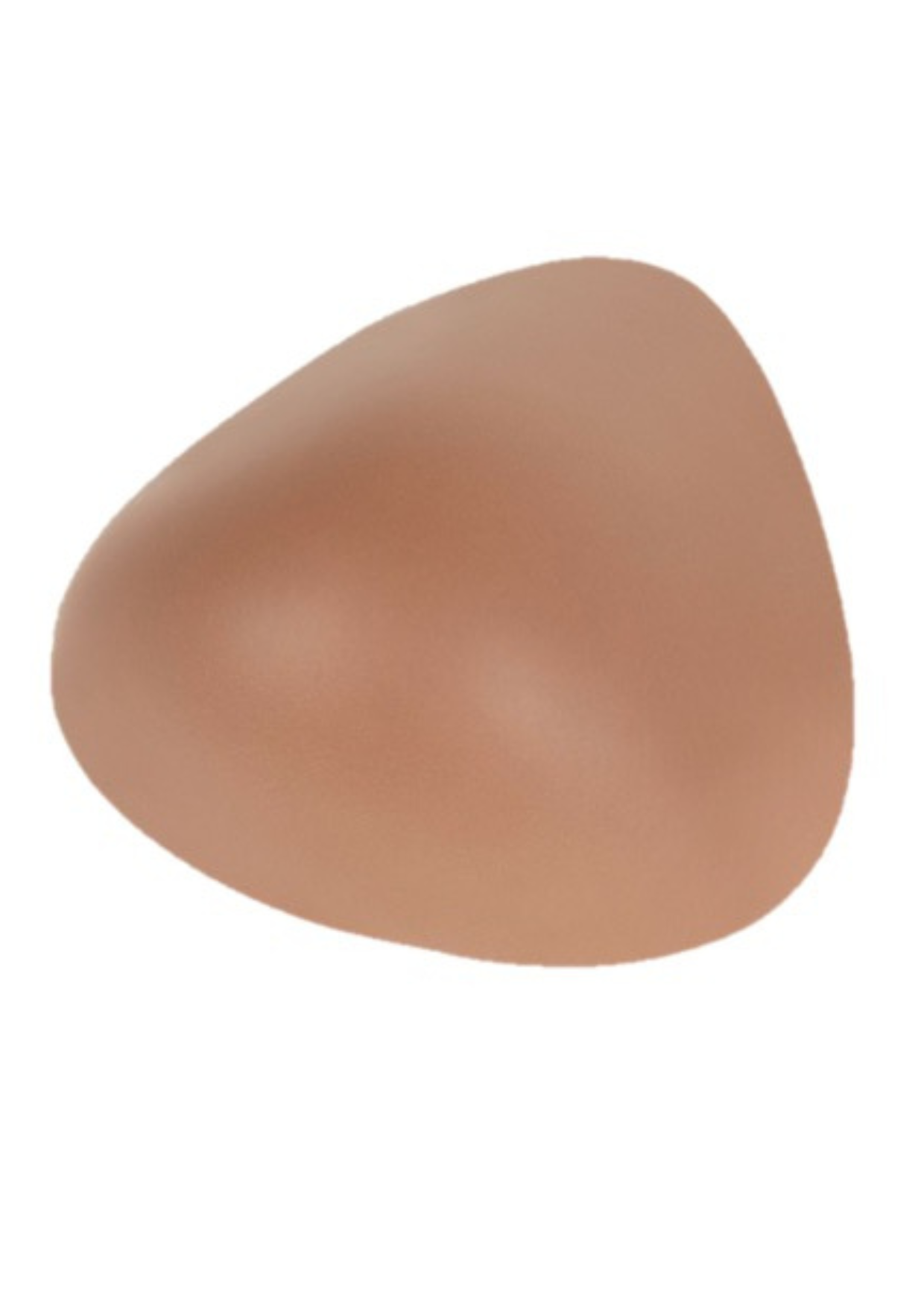2025 Insurance Guide: What Breast Cancer Survivors Need to Know About Coverage
Navigating insurance coverage for mastectomy products can feel overwhelming, but understanding your options is key to receiving the care and support you deserve. This guide provides a state-by-state breakdown of coverage, tips for navigating the process, and insights to avoid common pitfalls. Myya is here to advocate for you and make the journey smoother.
State-by-State Breakdown of Insurance Coverage for Mastectomy Products
Federal Mandates: Women’s Health and Cancer Rights Act (WHCRA)
-
Applies nationwide.
-
Requires most group health plans and insurers to cover post-mastectomy reconstructive surgery, including prostheses and mastectomy bras.
-
Includes Medicare coverage for external breast prostheses (mastectomy forms) and related items (e.g., L8030, L8000, L8035).
State-Specific Coverage Details
| State | Coverage Highlights |
|---|---|
| Alabama | Covers mastectomy bras and prostheses under WHCRA, with Medicaid offering partial coverage for low-income patients. |
| Alaska | Comprehensive WHCRA compliance with no additional mandates. |
| Arizona | Medicaid covers post-mastectomy bras and prostheses, limited to two bras per year. |
| Arkansas | Includes Medicaid coverage for prostheses; additional coverage for custom prostheses requires documentation. |
| California | Expanded coverage for custom prostheses and up to six bras annually under WHCRA. |
| Colorado | Coverage includes prostheses and mastectomy bras, with Medicaid covering basic options. |
| Connecticut | Mandates comprehensive mastectomy care under WHCRA, including custom prostheses when medically necessary. |
| Delaware | WHCRA compliance; Medicaid includes partial coverage for prostheses. |
| Florida | Custom prostheses covered if deemed medically necessary; limits apply to quantity per year. |
| Georgia | Covers external prostheses and two mastectomy bras annually under Medicaid. |
| Hawaii | WHCRA compliance; limited additional state mandates. |
| Idaho | Medicaid provides minimal coverage; private insurers follow WHCRA. |
| Illinois | Coverage extends to lumpectomy-related items and custom prostheses with physician approval. |
| Indiana | Medicaid covers standard prostheses and mastectomy bras; pre-authorization may be required. |
| Iowa | Full WHCRA compliance with Medicaid including prostheses. |
| Kansas | Includes coverage for external prostheses and limited mastectomy bras annually. |
| Kentucky | Medicaid provides basic prostheses and two bras annually. |
| Louisiana | Comprehensive coverage for prostheses under WHCRA; additional coverage varies by insurer. |
| Maine | WHCRA compliance with limited additional mandates. |
| Maryland | Medicaid covers external prostheses; custom options require documentation. |
| Massachusetts | Expanded WHCRA coverage, including multiple bras annually and custom prostheses. |
| Michigan | Medicaid includes basic mastectomy bras and prostheses. |
| Minnesota | Full WHCRA compliance; additional Medicaid coverage for low-income patients. |
| Mississippi | Coverage includes mastectomy bras and prostheses, limited to two annually under Medicaid. |
| Missouri | WHCRA compliance; Medicaid includes standard prostheses. |
| Montana | Medicaid offers limited coverage for external prostheses. |
| Nebraska | Covers mastectomy bras and prostheses under WHCRA; additional coverage is insurer-dependent. |
| Nevada | Medicaid includes prostheses and bras; quantity limits apply. |
| New Hampshire | Comprehensive WHCRA compliance with custom prostheses covered when necessary. |
| New Jersey | Coverage includes prostheses and mastectomy bras; Medicaid offers expanded benefits. |
| New Mexico | Medicaid covers external prostheses and bras; custom options are insurer-dependent. |
| New York | Insurers must cover up to six mastectomy bras annually under WHCRA. |
| North Carolina | Medicaid includes basic prostheses and mastectomy bras; quantity limits apply. |
| North Dakota | Limited Medicaid coverage; WHCRA compliance for private insurers. |
| Ohio | Medicaid covers prostheses and mastectomy bras; custom options require pre-authorization. |
| Oklahoma | Basic prostheses and two mastectomy bras annually covered by Medicaid. |
| Oregon | WHCRA compliance; Medicaid includes basic prostheses. |
| Pennsylvania | Expanded coverage under WHCRA, including lumpectomy-related items. |
| Rhode Island | Comprehensive WHCRA compliance with custom prostheses covered when medically necessary. |
| South Carolina | Medicaid includes prostheses and two bras annually. |
| South Dakota | Limited Medicaid coverage; private insurers follow WHCRA mandates. |
| Tennessee | Medicaid includes basic prostheses and mastectomy bras; limits apply. |
| Texas | Medicaid includes prostheses and two post-surgical bras per year. |
| Utah | WHCRA compliance; Medicaid offers limited prostheses coverage. |
| Vermont | Expanded WHCRA coverage, including multiple bras annually. |
| Virginia | Medicaid covers basic prostheses; custom options require pre-authorization. |
| Washington | Comprehensive WHCRA compliance with custom prostheses covered when necessary. |
| West Virginia | Medicaid includes basic prostheses and mastectomy bras; limited coverage. |
| Wisconsin | Medicaid covers basic prostheses; additional coverage varies by insurer. |
| Wyoming | Limited Medicaid coverage; WHCRA compliance for private insurers. |
Data sourced for this chart were compiled from official state Medicaid guidelines, private insurance mandates outlined in WHCRA, and supplemental information available from healthcare providers like Medicare.gov and state-specific health departments.
Tips for Navigating the Insurance Process
-
Understand Your Plan:
-
Request a detailed summary of benefits from your insurer.
-
Confirm if your plan falls under WHCRA.
-
-
Verify Coverage:
-
Check if your insurer covers post-mastectomy products, including bras and prostheses.
-
Clarify limits on quantities and frequency (e.g., number of bras per year).
-
-
Obtain Pre-Authorization:
-
Contact your insurer before purchasing items to confirm they are covered.
-
Submit prescriptions or medical necessity documentation from your doctor, using appropriate codes like Z90.11 (Right Mastectomy), Z90.12 (Left Mastectomy), or Z90.13 (Bilateral Mastectomy).
-
-
Work with Specialists:
-
Utilize services like Myya’s Insurance Concierge for seamless billing and claims.
-
Ask your provider for a referral if needed.
-
-
Keep Documentation:
-
Save all receipts, prescriptions, and insurer correspondence for easy reference.
-
Track your insurance claims and follow up on delays.
-
Common Pitfalls and How to Avoid Them
-
Incomplete Documentation:
-
Pitfall: Missing prescriptions or medical necessity statements.
-
Solution: Always request detailed documentation from your doctor.
-
-
Unclear Policy Details:
-
Pitfall: Assuming coverage without verifying specifics.
-
Solution: Call your insurer directly to clarify. The number is usually on the back of your insurance card.
-
-
Denied Claims:
-
Pitfall: Claims rejected due to technical errors.
-
Solution: Appeal denied claims with supporting documents, ensuring all necessary codes (e.g., L8030, L8000, L8035) are included.
-
-
Hidden Costs:
-
Pitfall: Out-of-pocket expenses for items not fully covered.
-
Solution: Request an itemized breakdown of what’s covered versus what you’ll owe.
-
Why This Matters
Navigating insurance is a vital part of the recovery process. With this guide, you’ll feel empowered to advocate for yourself and make informed decisions about your care. Myya is committed to supporting you every step of the way, ensuring you get the products you need with the least hassle possible.
About Myya
At Myya, we specialize in offering fully customizable, insurance-billable post-mastectomy products. Our team simplifies the process, from verifying your insurance to delivering your products directly to your door. Visit Myya.com to learn more about our services and book a virtual fitting today.











